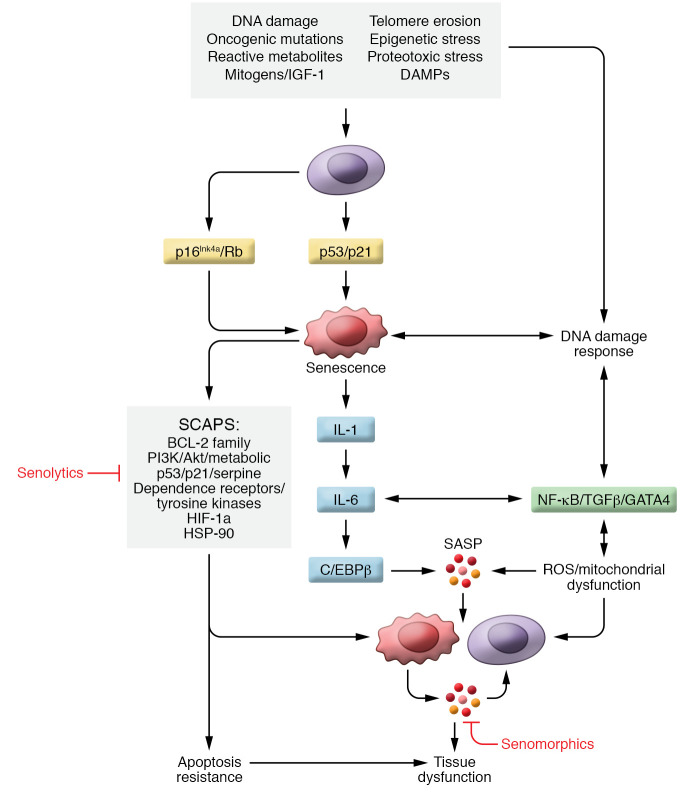Figure 2. Working model of the senescence pathway based on a large number of in vitro and animal studies.
The top box lists cellular stressors that trigger activation of key senescence inducers (p16Ink4a/Rb and p21Cip1/p53). This leads to activation of senescence mediators, which, in turn, promote the secretion of the proinflammatory SASP, resulting in tissue dysfunction. Senescent cells also activate senescent cell antiapoptotic pathways (SCAPs) that are the target of “senolytic” drugs. By contrast, “senomorphic” drugs do not kill senescent cells but rather inhibit the production and/or secretion of the SASP.

